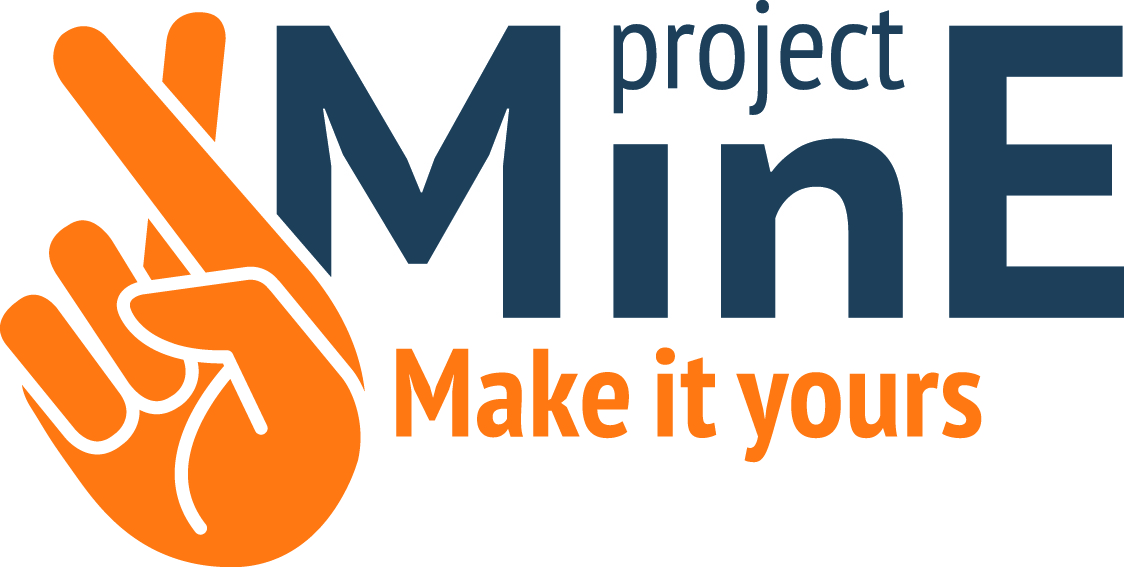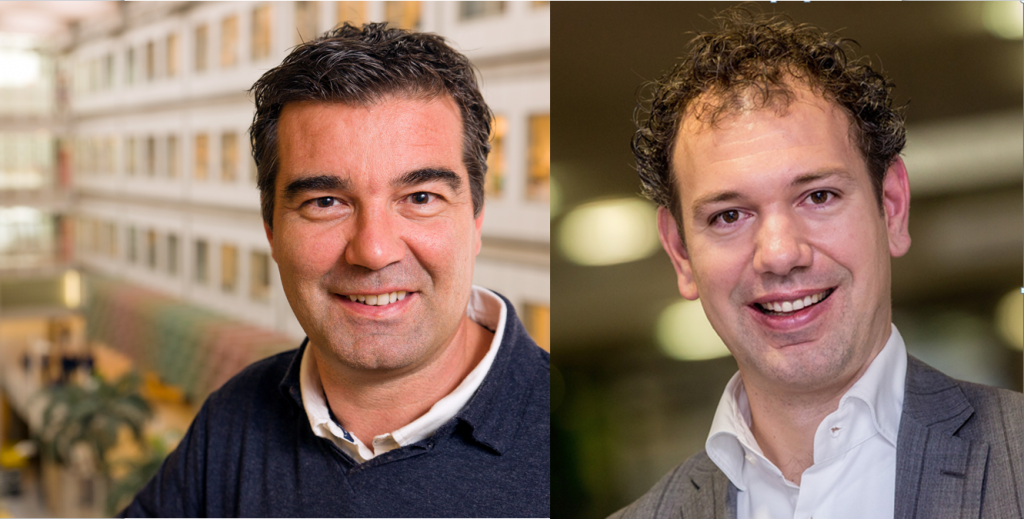 ALS Center The Netherlands has started a large-scale international landmark study into the genetic cause of the fatal disease amyotrophic lateral sclerosis (ALS), also commonly known as motor neurone disease in the UK and Lou Gehrig’s disease in the US. Researchers in project MinE are collecting, examining and comparing as many DNA profiles as possible from ALS patients as well as from healthy volunteers. The study is being coordinated by the University Medical Center (UMC) Utrecht and is a first step in the search for an effective ALS treatment.
ALS Center The Netherlands has started a large-scale international landmark study into the genetic cause of the fatal disease amyotrophic lateral sclerosis (ALS), also commonly known as motor neurone disease in the UK and Lou Gehrig’s disease in the US. Researchers in project MinE are collecting, examining and comparing as many DNA profiles as possible from ALS patients as well as from healthy volunteers. The study is being coordinated by the University Medical Center (UMC) Utrecht and is a first step in the search for an effective ALS treatment.
In Project MinE, DNA microarrays are initially being used to help analyze parts of the DNA of 15,000 ALS patients and 20,000 healthy individuals in a so called genome-wide association study (GWAS). This is an unprecedented large number of patients and healthy volunteers. Researchers then compare these DNA profiles to identify genetic differences (a process known as ‘data mining’). Subsequently, the data from these partial profiles are combined with the full DNA profiles of the 15,000 patients and thousands of controls, obtained with whole genome sequencing techniques. This unique combination of genetic data will identify millions of genetic variants which will be studied to determine their correlation with ALS. The ultimate goal of the project is to find concrete genetic evidence that will lead to new treatments for this fatal condition. An additional benefit of the study is that the DNA data collected from the control group of healthy people will also prove invaluable to research efforts aimed at finding cures for other serious illnesses, such as dementia, autism, parkinsonism, diabetes, cardiovascular disease and certain types of cancer.
Prof. Leonard van den Berg
Professor Leonard van den Berg of UMC Utrecht Brain Center Rudolf Magnus is a neurologist and the coordinator of ALS Center Netherlands. He says: “In it’s design, project MinE is currently the largest genetic study in the world looking at ALS. Through this study, we want to find concrete perspectives for treating this condition, for which the outcome at the moment is inevitably death. There is no medicine for ALS yet and this study may help find possible angles of approach for developing a treatment.”
Because of the ambitious set-up and the close international collaboration between scientists, project MinE is unique within ALS research. The DNA samples that are being analyzed come from throughout Europe, not just from The Netherlands. “The more DNA samples we can analyze, the more powerful project MinE will be and the more reliable the results will be. Thanks to our good relationships with leading ALS centers in Europe through the European Network for the Cure of ALS (ENCALS), we can set up and roll out project MinE quickly,” says prof. Van den Berg. The project will continue to expand over the coming year. Efforts are being made to set up collaboration with scientific institutes in Great Britain, the United States and elsewhere.
The initiative for the project came from two very motivated ALS patients, Bernard Muller and Robbert Jan Stuit. Together with the ALS Foundation Netherlands they are raising the funds needed for the project.
Bernard Muller and Robber Jan Stuit, ALS patients and enterpreneurs who initiated Project MinE

